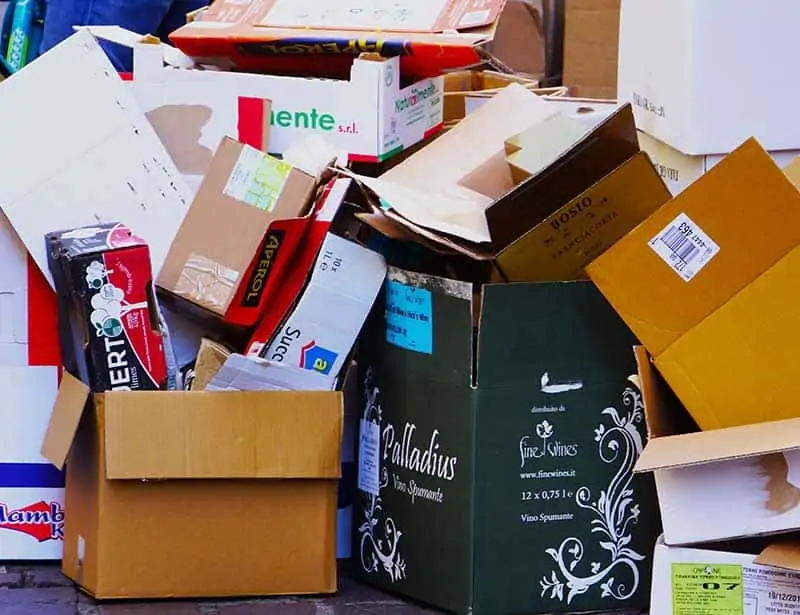INTRODUCTION.
Plastic is our least preferred type of packaging as it has terrible consequences on the environment and endangers our health. Cardboard is easily accessible and regularly considered an eco-friendly alternative. It comes from a renewable source; it is biodegradable, recyclable, and isn't full of harmful chemicals like plastic. But, like most things, cardboard has a few issues of its own, and we'll look at its environmental impact in this article.
#Why_we_love_cardboard

Cardboard is made from paper but is much thicker and sturdier than regular writing or printing paper. We widely use it to package food and clothing and ship larger, delicate items. Cardboard comes in varying thicknesses and structures. The most evident distinction between the different types of cardboard is corrugated cardboard and chip or paper board.
Recycled and Recyclable
The U.S. recovers about 70% of all corrugated cardboard boxes for recycling; it makes up the bulk of paper recycling. In 2018, the U.S. recycled 46 million tons of paper and cardboard, .
Non Toxic Production
Cardboard boxes and shipping cartons are usually processed without bleach because they don't need to be pristine white. According to the New York Department of Environmental Conservation, over 97% of corrugated cardboard boxes have non-toxic water-based printing.
Biodegradable
Cardboard is biodegradable and can be used as compost material. So, when you have a piece of cardboard that is not recyclable or reusable, you can compost it. Unlike plastic, it won't break down after 100 years into toxic microfibers.
Key Observation:
Hence It Is Very True That The Corrugated Boxes Which Are Used For PAckaging Purpose Are Very Environment Friendly Compared To Plastic Packagiing Material.